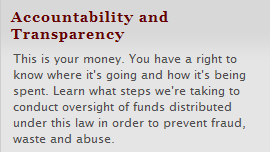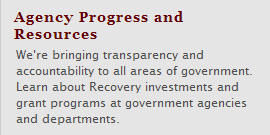What is a Web Feed?
It's an easy way for you to keep up with news and information that's important to you, and helps you avoid the conventional methods of browsing or searching for information on websites. Now the content you want can be delivered directly to you without cluttering your inbox with e-mail messages. This content is called a "feed."
The name Atom applies to a pair of related standards. The Atom Syndication Format is an XML language used for web feeds, while the Atom Publishing Protocol (AtomPub or APP) is a simple HTTP-based protocol for creating and updating web resources.
Web feeds allow software programs to check for updates published on a web site. To provide a web feed, a site owner may use specialized software (such as a content management system) that publishes a list (or "feed") of recent articles or content in a standardized, machine-readable format. The feed can then be downloaded by web sites that syndicate content from the feed, or by feed reader programs that allow Internet users to subscribe to feeds and view their content.
A feed contains entries, which may be headlines, full-text articles, excerpts, summaries, and/or links to content on a web site, along with various metadata.
The Atom format was developed as an alternative to RSS. Ben Trott, an advocate of the new format that became Atom, believed that RSS had limitations and flaws—such as lack of on-going innovation and its necessity to remain backward compatible— and that there were advantages to a fresh design.
Proponents of the new format formed the IETF Atom Publishing Format and Protocol Workgroup. The Atom syndication format was published as an IETF proposed standard in RFC 4287, and the Atom Publishing Protocol was published as RFC 5023.
Source: Wikipedia







